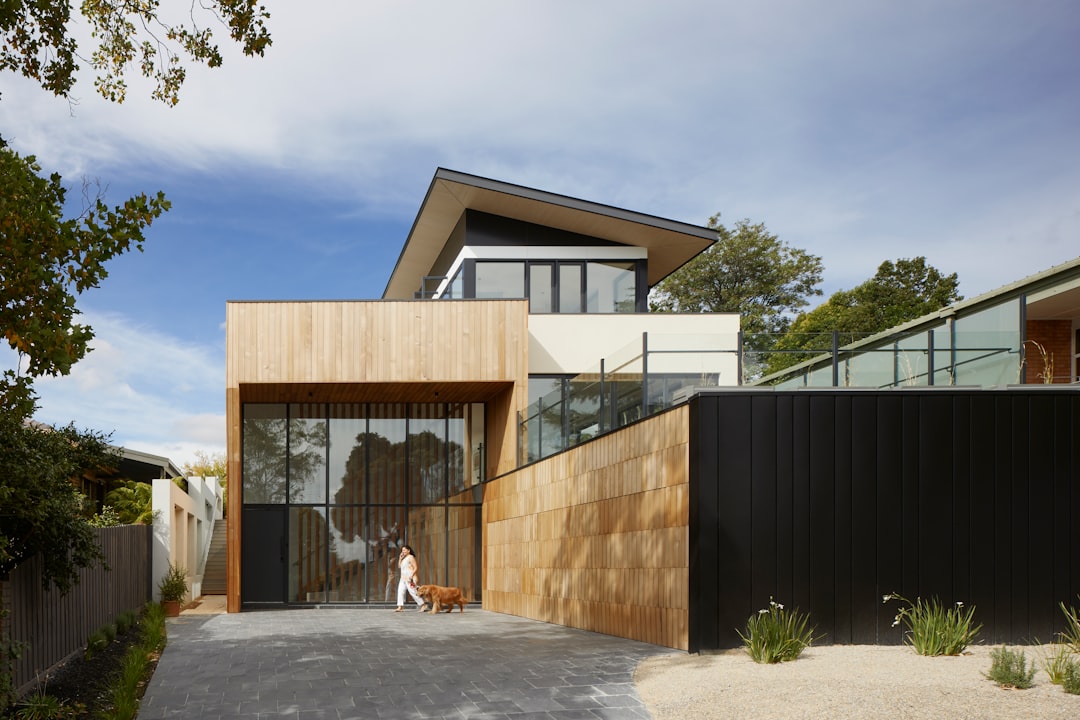Investing in real estate can be a lucrative way to build wealth, but it’s important to carefully consider the potential return on investment (ROI) before making a purchase. Calculating the potential ROI on a property investment requires a thorough understanding of the property’s potential income and expenses, as well as an analysis of the market conditions and potential for appreciation.
There are several key factors to consider when calculating the potential ROI on a property investment. These include the property’s purchase price, rental income, operating expenses, financing costs, and potential for appreciation. By carefully analyzing these factors, investors can determine whether a property is likely to generate a positive return on investment.
One of the first steps in calculating the potential ROI on a property investment is determining the property’s purchase price. This includes not only the cost of the property itself, but also any additional fees or closing costs associated with the purchase. It’s important to factor in all of these costs when calculating the potential ROI, as they can have a significant impact on the overall return.
Next, investors should consider the property’s potential rental income. This can be determined by researching comparable rental properties in the area and estimating a realistic rental price based on the property’s size, location, and amenities. It’s important to be conservative in estimating rental income, as vacancies and fluctuations in the rental market can impact the property’s cash flow.
Once the potential rental income has been estimated, investors should consider the property’s operating expenses. These may include property taxes, insurance, maintenance and repairs, property management fees, and utilities. It’s important to thoroughly research and accurately estimate these expenses, as they can have a significant impact on the property’s cash flow and overall ROI.
In addition to operating expenses, investors should also consider financing costs when calculating the potential ROI on a property investment. This includes the interest rate on the mortgage, as well as any other financing fees or costs associated with the loan. By carefully considering these costs, investors can determine how much of the rental income will be used to cover the property’s financing costs, and how much will be left over as profit.
Finally, investors should analyze the property’s potential for appreciation. This involves researching the local real estate market and considering factors such as population growth, job opportunities, and infrastructure development that could impact property values in the future. By carefully considering these factors, investors can estimate the property’s potential for appreciation and factor this into their calculation of the potential ROI.
To calculate the potential ROI on a property investment, investors can use a simple formula:
ROI = (Net Profit / Total Investment) x 100
Net Profit = Rental Income – Operating Expenses – Financing Costs
Total Investment = Purchase Price + Closing Costs + Renovations
By plugging in the estimated rental income, operating expenses, financing costs, and potential for appreciation, investors can determine the property’s potential ROI. A positive ROI indicates that the property is likely to generate a profit, while a negative ROI means that the property may not be a good investment.
In addition to calculating the potential ROI, investors should also consider other factors when evaluating a property investment. These may include the property’s location, condition, and potential for long-term growth. By carefully considering these factors and calculating the potential ROI, investors can make informed decisions about which properties are likely to offer the best return on investment.
In conclusion, calculating the potential ROI on a property investment is a key step in evaluating whether a property is likely to generate a positive return. By carefully considering factors such as the property’s purchase price, rental income, operating expenses, financing costs, and potential for appreciation, investors can determine the property’s potential ROI and make informed investment decisions. It’s important to thoroughly research and accurately estimate these factors, as they can have a significant impact on the property’s cash flow and overall return on investment. By following these guidelines and conducting a thorough analysis, investors can maximize their chances of success in the competitive real estate market.
